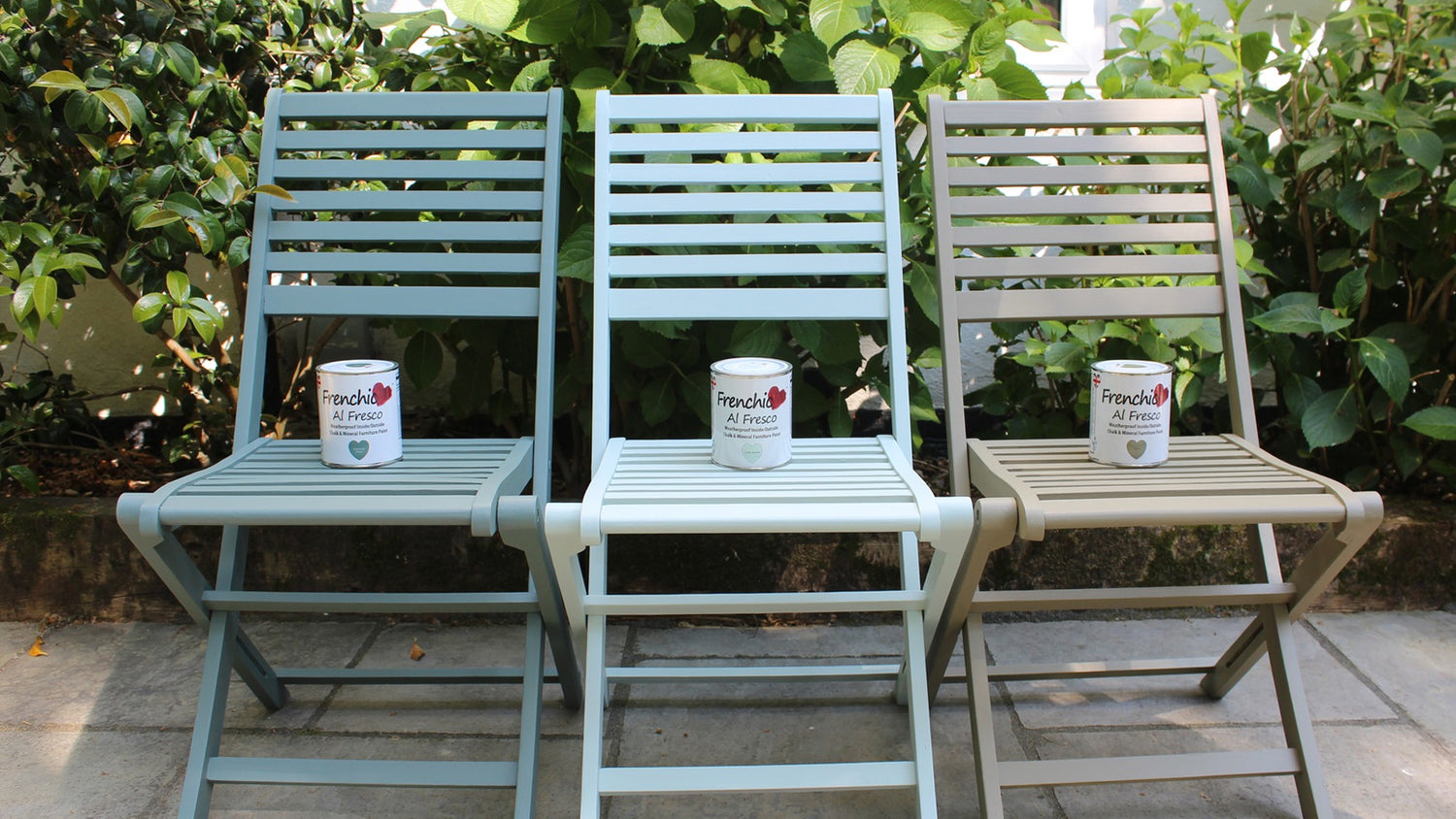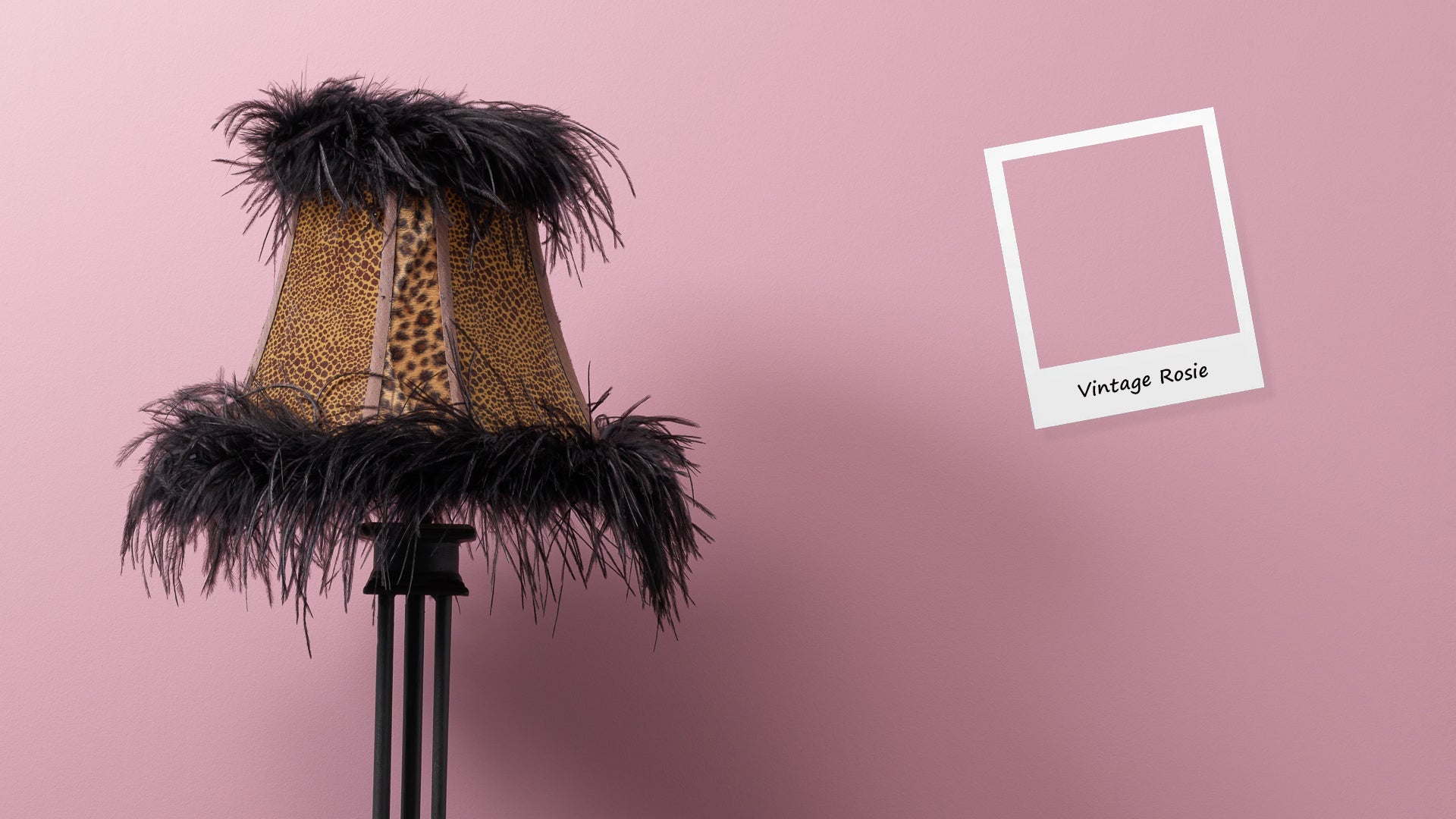Whether it’s a garden glow up or you’re refreshing your doors and windows, outdoor projects are some of the most rewarding to complete. That said, there are a few extra things to consider with them being exposed to the elements.
Below, we’ll run through eight handy tips to bear in mind when painting outside, to make your experience stress-free and get the best results possible.
1. Check the weather forecast
What’s the weather today? This might seem obvious, but it’s really important to look outside and check the forecast! You’ve probably heard this tip before, but let us explain the technical bit to make it crystal clear:
- For any paint to perform perfectly, its moisture element needs to evaporate – this is the drying and curing (hardening) process.
- All in all, the curing process generally takes up to 3 weeks. However, it is the first 48 hours that are really important.
- During this time, the weather conditions can strongly affect the curing process with moisture and temperature being the biggest factors.
Rain and cold weather
You need to check that there is no rain in the forecast and that the temperature will not fall below 10°C (50°F) during painting and for 48 hours afterwards. Don’t forget, that includes overnight too!
In practical terms, this means that outside painting is best carried out during summer months in the UK.
Heat and humidity
Rain and chilly conditions are not the only ‘no-no’s. High temperatures and humidity can also affect things as well. Very high temperatures can cause the top layer of paint to harden too quickly, which prevents the paint beneath from drying effectively. On the flipside, humid conditions will slow drying too much.
Ideally, aim for below 32°C (90°F) and less than 80% humidity.
For more detail on how the weather affects painting, check out our FAQ: What Weather & Conditions Are OK for Painting?
2. And let the surface dry out
A nice sunny spell – hurrah? You’ve checked the weather for the next few days, and you’re all set to rush outside with your paintbrush on the first dry and sunny day in ages… Patience Picasso!
Unfortunately, wet weather means anything outside that is porous will have absorbed moisture. That includes wood, stone and terracotta, for example. You need to give them time to dry out before even thinking about painting. And don’t forget that part of prep is cleaning, so this will add moisture too! Be sure to leave ample time for the surface to dry – this can take 24 hours or even longer in cooler or overcast weather.
3. Avoid direct sunlight
Another thing to bear in mind, when it’s a nice sunny day, is that painting in direct sunlight can make things tricky. If the surface has warmed up, it tends to cause the paint to start drying as you are brushing it. That makes it difficult to apply smoothly.
It’s also worth keeping your paint in the shade too. Check out our FAQ on storing paint for more information.
4. Assess the condition of your surface
Enough about the weather. The next most important factor for outside projects is the condition of the surface. Ok – it is weather related to some degree, because a surface that it in poor condition will absorb moisture when it rains. A quick paint job is not going to fix that!
If moisture can seep under a painted surface and absorb into that surface (known as moisture ingress), it will lead to paint lifting and flaking over time. Sometimes, you have to accept that something is too far gone and no longer suitable for painting.
Assess the item you are looking to paint:
- Check for mould, algae and moss.
- Remove and apply any necessary treatments to remedy.
- Check for cracks, splits and other damage that will mean moisture can penetrate.
- Fix loose joints.
- Remove any existing loose or flaking paint.
- Fill areas with a suitable exterior grade filler and sand back to sound wood.
- Make sure the item is clean (we recommend using Sugar Soap).
- Lightly sand the surface to provide a ‘key’ to maximise paint adherence.
You can find out more about these steps in our guide on preparing and painting a wooden bench.
5. Never paint seals on doors and windows
Updating tired windows and doors is one of the most popular outdoor painting projects. It’s so satisfying and spruces up your kerb appeal in an instant. Check out our blog posts on painting composite doors and uPVC doors for more guidance.
Most types of doors and windows are suitable for painting, providing they are in good condition. Our top tip is to make sure you don’t paint the silicone or rubber seals. Applying paint to seals may look great initially, but over time their flexible nature will cause cracking and flaking. It will spoil the look of your windows or doors – and could impact their function too.
6. Choose the right paint
When painting anything outside, don’t be tempted to use a regular, interior paint. It will be ruined over time by rainfall and UV exposure, resulting in fading, peeling, cracking and bubbling.
To ensure longevity, choose a weatherproof, UV resistant paint like Frenchic’s Al Fresco range.
7. Make sure you buy enough paint
As mentioned earlier, lots of outside surfaces are porous. As well as absorbing moisture from the weather, this means that they can absorb paint as you apply it. In short, you might need more paint than you think – though this does not usually apply to previously painted surfaces.
Always check the instructions on the tin for how much paint to use. If the tin says two coats, apply two coats! If the coverage advice states the tin contains enough paint for six square metres, and you have lots left after painting an area of that size, then your coats are too thin. You will need to apply more paint for lasting results.
8. Always use dust sheets
It’s tempting not to bother with protecting the surrounding areas from paint drips and splashes when you’re outside. But remember that the paint you’re using is formulated to be weather-resistant, so it might not simply wash away over time. Dust sheets are a quick and easy step that makes your life easier in the long run.
Looking for some outdoor painting inspiration?
If you’re ready to get started with painting outside, Frenchic is with you all the way. Alongside our Al Fresco range of outdoor-friendly paint, we’ve put together guides on many of the most popular exterior projects and answers to some frequently asked questions:








